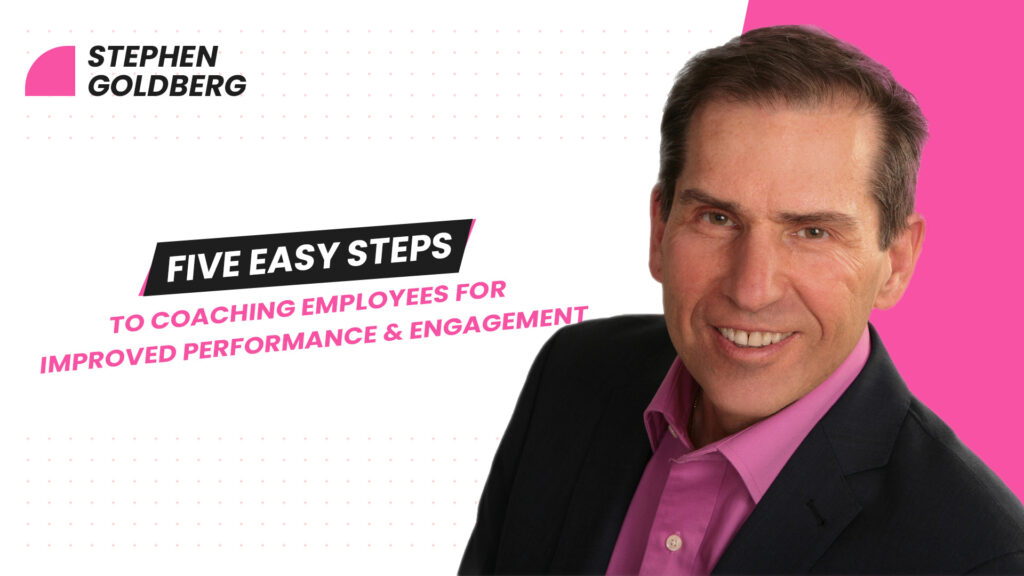
A leader must assume several roles to be effective in leading and managing employees. This means being a coach as well as a director. consultant, advisor, and manager.
Employees today are seeking a coach, not just a boss or manager. Coaches enable ongoing employee development. Here are five easy steps to implement to become a coach:
- Schedule time for coaching sessions. Coaching does not just happen on the fly. Providing feedback and direction is ongoing with employees but is not coaching. Coaching means taking the time to meet regularly with each employee and discuss their ongoing development. This is the biggest hurdle for most leaders and managers.
- Ask questions: Coaching is about asking questions and having people come up with their own answers. Employees need to take responsibility for their own development and not rely solely on the company for training and development. This is especially true for small companies that do not have an employee development strategy and dedicated HR personnel.
- Asking questions during a coaching session empowers the person to think and come up with their own answers. Here are a few good coaching questions to ask.
- How are you doing in your job? How do you feel about your work here? What is going well? What challenges are you facing? What do you enjoy doing the most in your job? What do you enjoy the least? What do you envision for yourself in the future? What steps can you start taking to work towards that? What do you need to learn? What can get in the way? Asking these questions and others will generate a vision and bring it down to practical terms.
- Active listening: Active listening is about listening to understand the thoughts and feelings of another person. It is about showing empathy and having the ability to put yourself in the other person’s shoes. It shows the person you understand them and accepts how they feel without judgment. It is a very powerful way of building trust.
- Goal setting: Once you have asked insightful and empowering questions and listened actively, you can aid the person in their development by coaching them on setting a goal or committing to an action. This brings you back to step two: asking questions.
Here are a few questions to ask when setting an action or a goal:
Based on our discussion today, what step can you take to move towards the vision you have expressed for yourself? What goal can you set for yourself to move towards achieving what you want? Can I assist you in setting and working towards that goal using my knowledge of goal setting? What step can you take over the next 30 days to put into action what we discussed today?
You can use my goal planning worksheet as a job aid for this.
- Follow-up: Setting up a follow-up coaching session will continue the process and help the person be accountable for their plan. I suggest having at least four coaching sessions a year. Every 30 days would be ideal but might be time challenging for leaders and managers, especially those in small and medium-sized businesses. For the follow-up session, you just repeat the previous steps and always set the next date for the next coaching session.
Following these steps will help you become a coach for your employees. This will build trust and improve employee development, performance, and retention.